
Sculpture "The Pietà" by Michelangelo Buonarroti is a iconic work in Catholicism
"The Pietà" is a sculpture by Michelangelo Buonarroti (Michelangelo di Lodovico Buonarroti Simoni), created in 1499 by the commission of French Cardinal Jean de Bilhères-Lagraulas. The artist depicted the body of Christ lying on the knees of the Madonna. The Virgin Mary appears as a young girl, despite being around fifty years old at the time of the crucifixion. Such an approach was typical for religious subjects of the Renaissance era. The author explained his decision by the purity and immaculateness of the Virgin Mary, which protected her face from the influence of passions and vices. The sorrowful Madonna gazes at the outstretched body of her slain son. The sculptor paid special attention to the folds of Mary's clothing, giving solid marble a sense of lightness and graceful plasticity. This technique particularly emphasized the lifelessness of Christ. The thrown back head and limp hands are executed with utmost accuracy and naturalism. However, Michelangelo aimed to celebrate the unity of God and man in his work, rather than death. That is why, despite the meticulous detailing of the smallest elements, the marks of Jesus' wounds are barely noticeable, and the mournful face of the Madonna is colored with a bright sense of Christian humility.
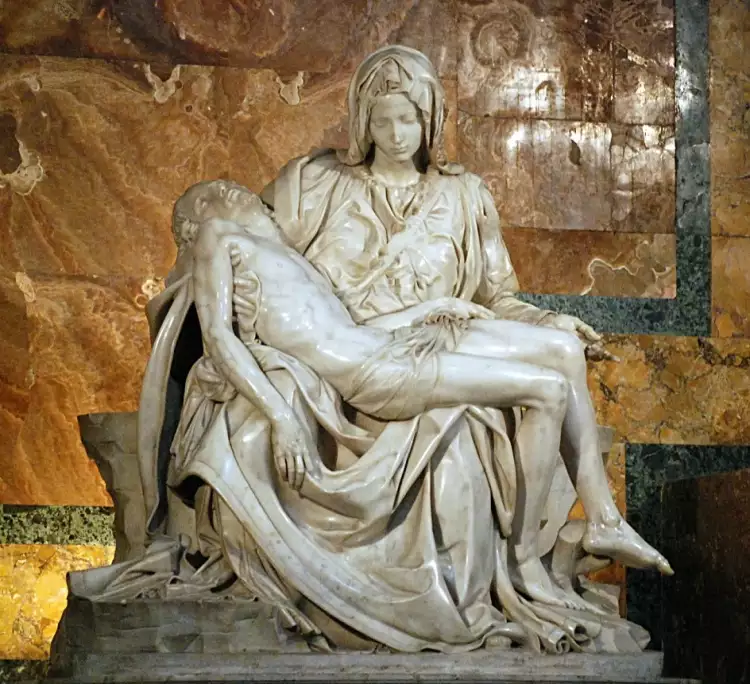 Michelangelo Buonarroti. The Pietà, 1499
Michelangelo Buonarroti. The Pietà, 1499
- Title: "Pietà" (Italian: Pietà).
- Artist: Michelangelo Buonarroti (1475-1564).
- Year of creation: 1499.
- Dimensions: 174 x 195 cm.
- Style: Renaissance.
- Genre: Religious.
- Material: Marble.
- Location: St. Peter's Basilica, Vatican City.
Michelangelo Buonarroti is one of the brightest representatives of the Renaissance era, who lived and worked in Italy from the late 15th to the early 16th centuries. He became famous not only as a talented sculptor but also as a painter and architect, creating magnificent frescoes for the Sistine Chapel and designing the dome of St. Peter's Basilica. At the beginning of his career, Michelangelo moved to Rome, where he received a commission to create a sculpture for a clergyman. During that time, it became popular in Christian art to create works that honored the sorrow of the Virgin Mary. The patron intended to use the "Pietà" as his own tomb sculpture. However, this intention was not fulfilled. Initially, the work was installed in the Chapel of Saint Petronilla in the Vatican, and later it was moved to St. Peter's Basilica.
Michelangelo often visited the chapel to admire his creation. On one occasion, he overheard other viewers attributing authorship to a Lombard artist. That same night, Buonarroti carved his name on the Virgin Mary's clothing. Thus, the "Pietà" became the only sculpture by the renowned Italian artist bearing his signature.
In 1972, a religious fanatic caused serious damage to the masterpiece with a hammer. After extensive discussions, where opinions were voiced suggesting that the work should not be restored to preserve evidence of the vices of the present era, the artwork was eventually restored using only the retrieved fragments and covered with bulletproof glass to prevent similar acts of vandalism in the future.
About two decades ago, a terracotta statuette was discovered, initially considered a crude forgery of the "Pietà." However, the owner conducted a thorough investigation and found evidence that the reduced copy was made by Michelangelo himself, presumably as a model for a future work. Currently, the terracotta sketch is kept in a private collection.
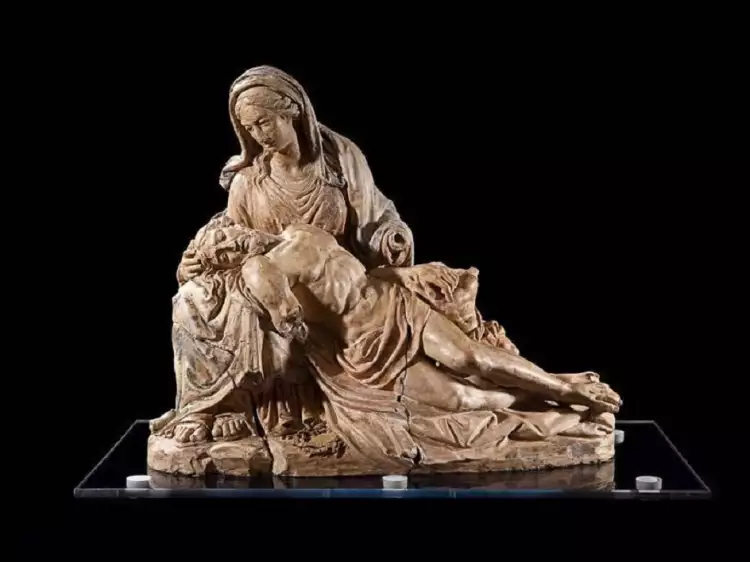 Michelangelo Buonarroti. The Pietà, terracotta figurine
Michelangelo Buonarroti. The Pietà, terracotta figurine
The sculpture "Pietà" by Michelangelo Buonarroti is a brilliant work that combines the ideals of classical beauty of the Renaissance era and astonishing naturalism. Despite its religious theme, it evokes a deep emotional response from art enthusiasts regardless of their religious beliefs.
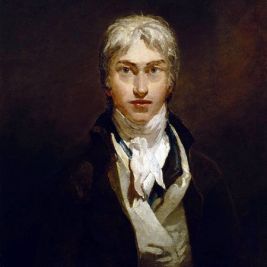 William Turner—the greatest British artist of all time
William Turner—the greatest British artist of all time 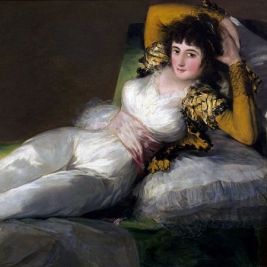 The painting "The Clothed Maja" by Francisco Goya is a delightful Spanish commoner in a provocative attire
The painting "The Clothed Maja" by Francisco Goya is a delightful Spanish commoner in a provocative attire  Romanticism style in interior design is characterized by classical elegance, softened with colors and lace
Romanticism style in interior design is characterized by classical elegance, softened with colors and lace 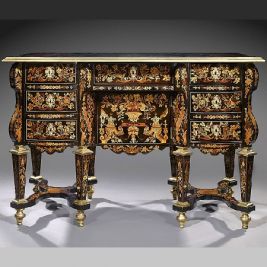 Marquetry is the elegant ancient art of inlaying veneer
Marquetry is the elegant ancient art of inlaying veneer 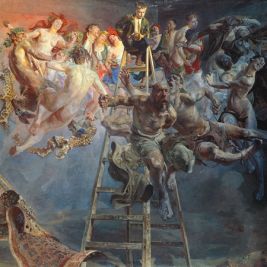 Symbolism: the essence of the term, history in painting, distinctive features, famous symbolists
Symbolism: the essence of the term, history in painting, distinctive features, famous symbolists 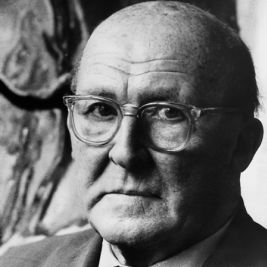 An entangled world Willi Geiger
An entangled world Willi Geiger 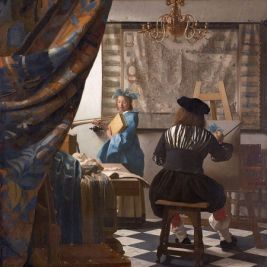 An artist is a tireless creator of masterpieces of art
An artist is a tireless creator of masterpieces of art 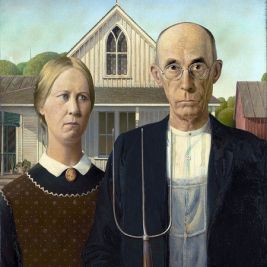 Regionalism is an American art movement that celebrates the beauty of simple provincial life
Regionalism is an American art movement that celebrates the beauty of simple provincial life 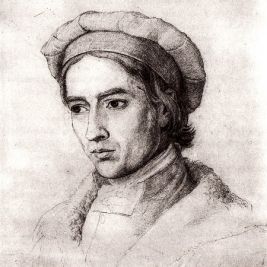 Nazarenes - romantic artists who challenged the conventions of classicism
Nazarenes - romantic artists who challenged the conventions of classicism 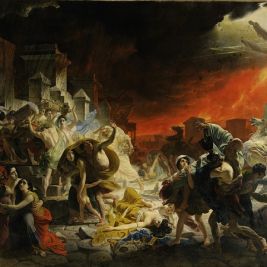 Historical Genre in Artists' Paintings
Historical Genre in Artists' Paintings